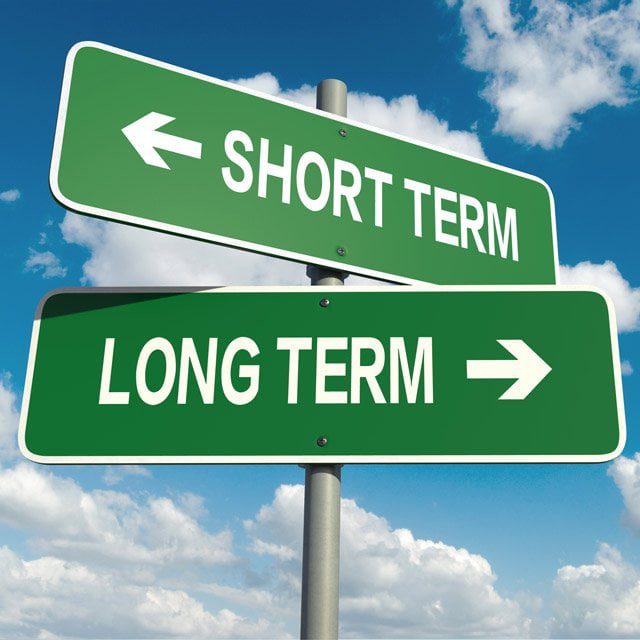A Bond Market Debate: Short or Long in Early 2023?

What You Need to Know
Aggressive tightening by central banks around the world makes a strong case for staying short in bond portfolios.
However, staying too short means riding the yield up and down but missing the chance to lock in a higher income stream for longer.
Retirement investors, in particular, should carefully consider the merits of extending bond portfolio duration in early 2023.
Speaking last week on CNBC’s Squawk Box morning show, hedge fund manager David Tepper returned time and again to a common theme: Believe the U.S. Federal Reserve.
As Tepper repeated five or six times during a roughly 15-minute discussion, investors have rarely had such clear and coordinated signals coming from the globe’s most important central banks. For its part, the U.S. Federal Open Market Committee is projecting that its target interest rate would end next year at 5.1%, according to their median forecast — a higher level than previously indicated.
The European Central Bank is signaling a similar (if not higher) peak for its target rate, according to Tepper, and so are other major central banks in Europe and Asia. For Tepper, this strong and coordinated messaging inspires a substantial degree of confidence that “staying short” in bond portfolios may be a wise move, for example by favoring 2-year Treasurys above longer-termed government bonds.
As often happens, Tepper’s comments sparked fresh debate on Twitter among a number of well-known financial planning experts, many of whom have been urging retirement investors to consider the wisdom of adding some duration to their bond portfolios, now that the 10-year Treasury is paying out 4% to 5%. Despite an inverting yield curve, the experts say, the case for extending bond portfolio duration in early 2023 should be carefully considered.
While Tepper’s point of view as a hedge fund manager gives him a different perspective relative to experts focused on individual retirement planning, the short-versus-long debate is still an important one for advisors and their clients to track in the new year, when all eyes will remain on the Fed, inflation data and target rate projections.
Where Will the 2-Year Treasury Go?
According to Tepper, some market watchers are putting too much stock in the fact that the headline inflation rate has moderated somewhat over the past several months, falling from a peak in the realm of 8% to 9% to a current level closer to 6% or 7%.
While that is indeed an encouraging change in direction, Tepper says, the current level of inflation is still far above the 2% target espoused by the Fed.
“They don’t want persistent 4% inflation or even 3% inflation,” Tepper warns. “They are nervous about that outcome at the Fed, and the European Central Bank is arguably more concerned given the inflation seen in Europe.”
As he thinks through the numbers and the central banks’ messaging, Tepper says the 2-year Treasury “just has to go up from here in terms of yield, just based on where the Feds want to end up.”




